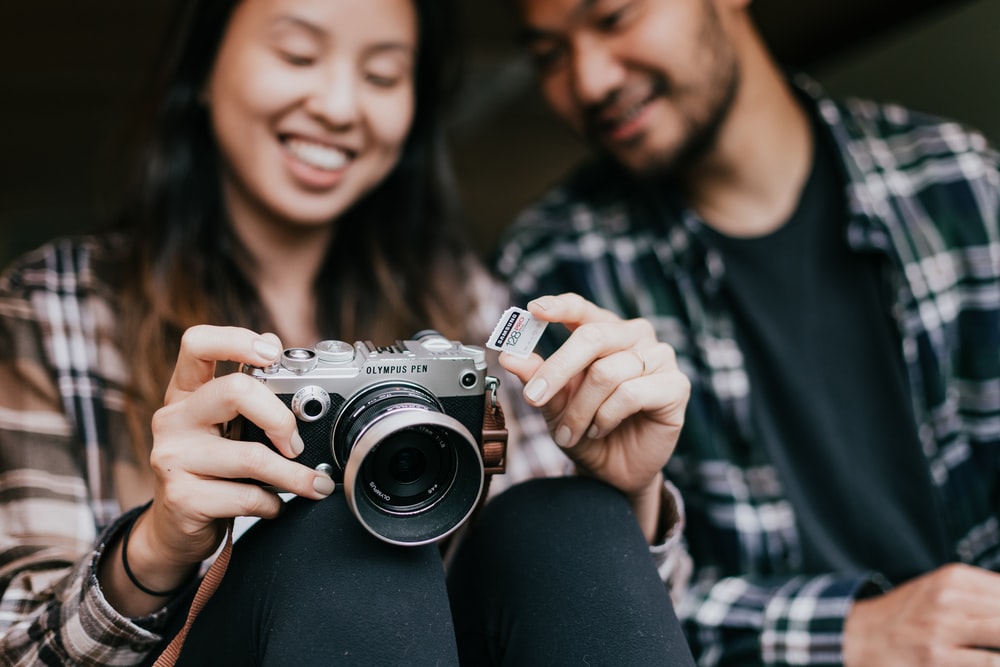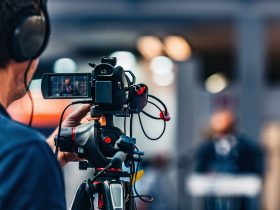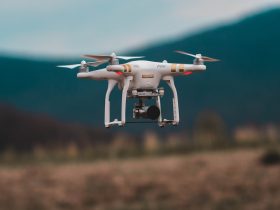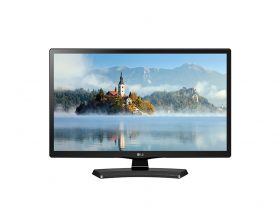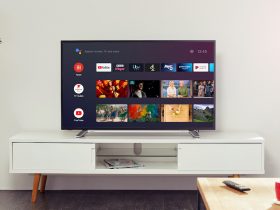If you are a novice in the field of photography and want to inculcate the intricacy of this art better, bagging a DSLR for yourself is perhaps the best choice. However, getting any other DSLR for yourself is not something you would want at this stage.
Ideally, you would want to have a DSLR that is pretty easy to use with a mix of automatic as well as manual features that would help you to learn as well as try newer avenues all by yourself. Besides, being a beginner, you should not look forward to getting a DSLR that is too heavy and difficult to carry.
If you are still unable to make the right decision for yourself, let us guide you, and help you get the best beginner’s DSLR. Read on to know which DSLRs are making it big in the market for beginners.
Nikon D3300
[amazon box=”B00HQ4W1QE” template=”vertical”]
Specifications:
• Pixel count: 24.2Mp
• Sensor size: APS-C
• Screen type: 3-inch LCD, 921,000 dots
• Maximum video resolution: 1080p
• Maximum continuous shooting rate: 5fps
One of the best beginner’s DSLRs around, this camera has a sensor of 24.2 megapixels for better-detailed images. The camera also crops the image for better image composition which is preferred by most beginners. It also works fine to control the noise production at low lights. Only at or above ISO3200 is noise visible.
READ FULL REVIEW OF D3300 HERE
What makes this camera all the favorite among beginners is its ease of usage. The Guide Mode not only provides you with the nitty-gritty of the camera but also explains each and every function for the benefit of the user. The D3300 comes without an anti-aliasing feature to allow get crisper images straight out of the camera.
Besides, it is equipped with an 18-55mm lens that further shrinks down making the camera easier to carry.
Minor drawbacks such as the absence of a touchscreen and built-in wifi may go on to disappoint the users.
Canon EOS 1200D
[amazon box=”B00J9SH1ZG” template=”vertical”]
Specifications:
• Pixel count: 18Mp
• Sensor size: APS-C
• Screen type: 3 inch, 460,000 dots
• Maximum video resolution: 1080p
• Maximum continuous shooting rate: 3fps
An able successor to the famous EOS 1100D, the 1200D can be seen as more of an upgrade to the erstwhile version than anything else. Yes, it is supported by Digic 4 processor and an 18 million pixel sensor.
Compared to the Nikon D3300, this model of canon shows a limited continuous shooting speed (of 3fps as compared to 5fps of Nikon).
Although there is no built-in wifi or NFC system, the presence of EyeFi somehow manages this flaw. The image composition is, however, great though not in the same league as its Nikon counterpart.
Larger images can be got from this camera when compared to those of its predecessor. The lack of a touchscreen may also be a problem though, at this price, it is quite a decent DSLR, to begin with.
Canon EOS 100D (better known as Rebel SL1)
[amazon box=”B071K62DPN” template=”vertical”]
Specifications:
• Pixel count: 18Mp
• Sensor size: APS-C
• Screen type: 1,040,000 dots, 3-inch LCD
• Maximum video resolution: 1080p
• Continuous shooting rate: 4fps
Here’s is a compact and extremely lightweight DSLR from the house of Canon for beginners. Equipped with a sophisticated Digic 5 processor and an 18MP high-resolution sensor, this camera vouches to produce great images. The phase-detection and contrast-detection autofocus are possible thanks to the hybrid CMOS sensor, especially while shooting films or getting access to Live View.
The camera allows a continuous shooting rate of 4 frames per second, both raw and JPEG files, and the ISO range stretches to 12,800. With its Scene Intelligent Auto System, the Canon EOS 100D is super easy to use as well. Equipped with a touchscreen LCD, this camera provides you with ease of access and usage.
However, with this camera, you just wish the Live View focusing was much better; besides, the Live View accepts only digital filters making it a tad bit irritating for the users. Other than this, this is a great camera, to begin with.
Sony A-58
[amazon box=”B00BF9MVMK” template=”vertical”]
Specifications:
• Screen type: 2.7-inch LCD, 460,800 dots
• Pixel count: 20.1Mp
• Sensor size: APS-C
• Maximum video resolution: 1080p
• Maximum continuous shooting rate: 8fps
Well, it is not an SLR per se but an SLT (or single-lens translucent) gear. Although it won’t bug the beginners, you would have to make use of an electronic viewfinder in place of a proper optical device.
However, you do have the liberty of seeing the effects of changes in camera settings in real-time through the EVF. Hence, you shall be able to judge whether the image is working fine in the current setting or not without having to click the image first and then judge it. To make it work even better, the EVF is spectacularly clear and bright.
As far as its speed is concerned, at 8 frames per second, it delivers better speed than any of the other entry-level DSLRs. There are also hoards of other features and specifications, like the Sweep Panorama for landscape, that help in composing better images. It works wonderfully even in low lights.
Okay, you won’t get a touchscreen or a fully articulated one but, at this rate and with all these features, you wouldn’t mind this flaw!
Pentax K-50
[amazon box=”B00DBPK99I” template=”vertical”]
Specifications:
• Pixel count: 16Mp
• Sensor size: APS-C
• Screen type: 3-inch LCD, 921,000 dots
• Maximum video resolution: 1080p
• Maximum continuous shooting rate: 6fps
Although not from the house of Nikon or Canon, the K-50 by Pentax provides you with amazing features that every photography enthusiast would love. To begin with, the camera is absolutely weatherproof. This means you can go out and enjoy composing images in all weather conditions though you would have to shell out a few extra bucks to get the perfect weather-resistant lenses for the same.
Secondly, there is also a Vibration Reduction System that allows the images to be composed steadily by eliminating all the blurs and jerks. The ISO range goes up to as much as 51200 and allows a shooting speed of as much as 6 frames per second. This makes composing images at low light sensitivity super easy.
The raw files are saved in the camera in DNG format. This means you can have direct access to Lightroom or Photoshop without any problem. However, you won’t be able to apply filters directly to this format. Other drawbacks include a kit lens that falls behind in noise reduction, the absence of touchscreen or Wifi/NFC connectivity, or an entry guide for beginners. However, considering you are a beginner, you should be able to learn the art of photography considerably well without having an access to these features, too.


